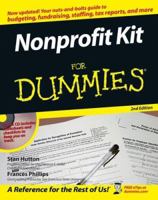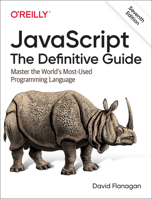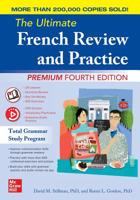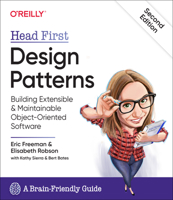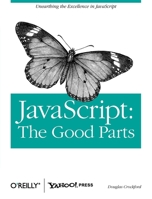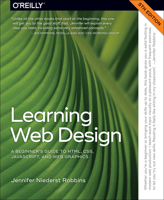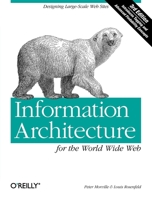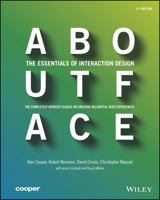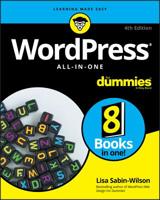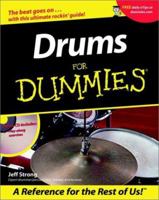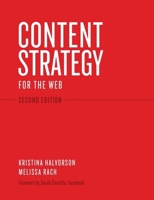HTML Mastery: Semantics, Standards, and Styling
Select Format
Select Condition 
You Might Also Enjoy
Book Overview
Unlike basic HTML guides, this book is crafted for web designers and developers who have already gained a working familiarity with the basics of HTML and web design. These advanced users want to take their markup further, making it leaner and more semantically rich, for more efficient, more usable and accessible web sites. HTML Mastery does all this and more, discussing and demonstrating all available HTML tags, including less common ones. The book explains where and how to use them, and offers styling and scripting techniques that can be employed in sophisticated web sites. In addition, the book also explores some of the advanced semantic tools that look to further improve the usability and semantic value of sites. HTML Mastery devotes an entire chapter to Microformats, and gives the reader a preview of XHTML 2.0 and Web Applications 1.0 -- web standards of the future.
Customer Reviews
Rated 5 starsReview of HTML Mastery
I was looking for a complete yet concise text on HTML. I found it in HTML Mastery and I highly recommend it.
0Report
Rated 5 starsAll you need to know about (x)html, in one handy book
I disagree with J. Frasier's review; even experienced web designers may learn something new from this book. For example, I'd never thought to use the abbr element to further explain an asterisk used to indicate a required form field. And I'd never even heard of the element. You can call me an amateur, but the fact is you can build successful websites without these details, but using them makes your code more meaningful and...
0Report
Rated 5 starsOh just get it! You will learn something new
Get it, read it, and I guarantee you will learn something new. And it doesn't hurt to reinforce the stuff you already know.
0Report
Rated 5 starsHTML in its entirety
HTML Mastery by Paul Haine was definitely not your average `HTML for Dummies` type book. Paul did a great job of covering HTML thoroughly and ended on a note that inspired you to think beyond the basics. Some might be turned off by another HTML book, but this book is far from that - this book is packed full of information related to all aspects of HTML, including (but not limited to), (x)HTML, CSS, full discussion of possible...
0Report
Rated 5 starsExcellent Read on the Topic of (X)HTML
Hot on the heels of CSS Mastery (which I also highly recommend) comes HTML Mastery. With several advanced options already available in the CSS and Javascript categories, this informative book is a much needed look/discussion at modern issues surrounding the professional use of HTML. You might being thinking, why do I need an entire book discussing HTML, HTML is simple. If this is sincerely what you believe, then this book...
0Report














